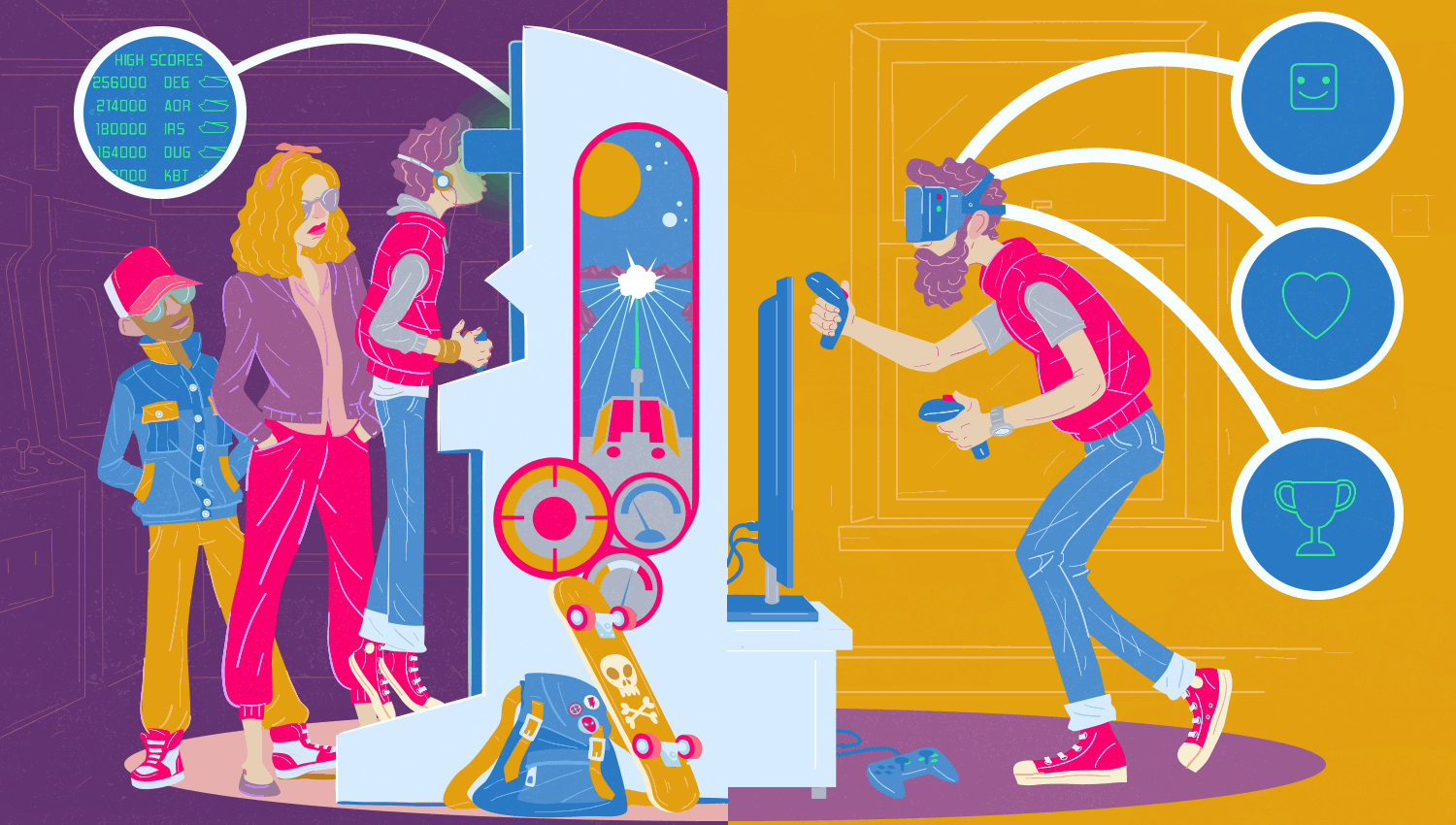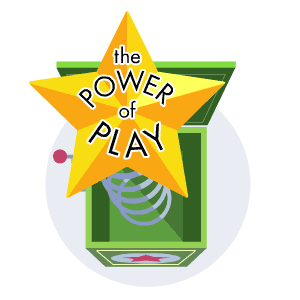

A few days ago, on one of those perfect fall weekend afternoons when everything looks as though it’s been run through a color-saturation filter, I took a walk through Brooklyn’s Prospect Park, the Olmsted and Vaux-designed urban oasis that celebrated its 150th birthday this year.
I walked through the famous Long Meadow, down into the inner fields of the Nethermead, past the restored grandeur of the Boathouse and down to the lake. And as I walked, I tried to take inventory of the many forms of play that were visible in the park that afternoon: the shirtless ultimate frisbee players on the Meadow; the six-year-olds getting their first taste of soccer on the ballfields; acoustic guitarists strumming on park benches; a band of Bushwick hipsters playing croquet in all white; families taking pedal boats out on the winding creek of the Lullwater; skaters circling the rink at the new lakeside pavilion; dogs chasing sticks and tennis balls; and a thousand other people just out for a stroll, taking in the colors of early autumn for no good reason other than the sheer delight of the experience.
I’ve lived near Prospect Park long enough to be inured to its magic, but it’s days like these that remind me what an extraordinary gift it is. Not just the design of the park itself–which is grand, and thanks to two decades of investment and hard work, at its absolute prime–but also the whole idea of a public park itself, the idea that cities and communities should invest in spaces designed specifically for the pursuit of leisure and recreation. And of course, this is an innovation that goes far beyond urban park design. Just a few centuries ago, play spaces were almost exclusively reserved for the aristocratic elites. Now the world teems with environments–both public and private–that are designed specifically to delight and amuse us: from theme parks to IMAX theaters to national parks to sports arenas–not to mention the digital amusements of videogames and VR immersions.
Underlying that global transformation is a more subtle–but equally important–transformation in the way we think about play. “For many years the conviction has grown upon me that civilization arises and unfolds in and as play,” the sociologist Johan Huizinga wrote in his 1938 masterpiece, Homo Ludens, or “man the player.” Huizinga’s argument–that play was not some frivolous sideshow but instead deserved a place on the main stage of human identity–was a radical one at the time, but it has become part of the conventional wisdom since Homo Ludens first appeared. Play is not just escapism; it’s often when we do our best work. Experimental psychology, brain science, cultural history–they all teach us that we learn more effectively, we form stronger social bonds, we make more imaginative leaps when we’re at play.
I spent years researching the cultural history of play for my book, Wonderland: How Play Made the Modern World. One of the surprising things about that history is how many seemingly frivolous pursuits ultimately led to ideas that transformed science, technology, politics, or society. (Just think of the impact that one of the very first play spaces ever invented–the drinking house or tavern–had on the political uprising that became the American Revolution.)
The mind at play is a mind open to new possibilities, willing to explore in ways that more serious-minded states often preclude.

“Humanity has advanced, when it has advanced, not because it has been sober, responsible, and cautious, but because it has been playful, rebellious, and immature.”
–Tom Robbins, Still Life With Woodpecker, 1980

Start Here
It’s only been relatively recently, in the Western world, that we’ve begun to appreciate how important play is to our lives. In 2008, Robin Marantz Henig wrote a fantastic feature titled “Taking Play Seriously” [38-minute read] for The New York Times Magazine about the rise of this kind of thinking, and what it could mean. It’s probably the best place to begin if you want to understand the value of such a seemingly silly activity:
Scientists who study play, in animals and humans alike, are developing a consensus view that play is something more than a way for restless kids to work off steam; more than a way for chubby kids to burn off calories; more than a frivolous luxury. Play, in their view, is a central part of neurological growth and development–one important way that children build complex, skilled, responsive, socially adept and cognitively flexible brains.
The full story has so much more. If you only read a single item on our list, this is the one.

Then Try
After that, it’s time to dig into some of the main conversations surrounding the subject in more detail. Our editorial team recommends these reads:
- Ian Steadman points to The Atlantic‘s “The Most Dangerous Gamer” [39-minute read], a profile of videogame developer Jonathan Blow, saying: “Blow is a divisive subject, but what I particularly like about this piece is the way that it explores and profiles a certain way of thinking about constructing dimensional space, and how doing so can in turn communicate story and emotion.”
- Abigail Ronck selects a study conducted in Jamaica [2-minute watch], where mothers raising children in the most impoverished homes were taught lessons of play. “Twenty-five years later, a follow-up revealed that the children who had received this extra stimulation earned 25 percent more in their jobs than those of similar circumstance who hadn’t. Such a seemingly small intervention did wonders,” she says.
- Duncan Geere recommends Paul Tough asking “Can the Right Kinds of Play Teach Self-Control?” [21-minute read] in The New York Times Magazine. “It’s not only a great read on the power of play,” he says, “it also shows the dangers of a world without play.”
- Kristen Taylor chooses Diane Ackerman’s book Deep Play, which tackles the realm of creativity. You can find the first chapter [39-minute read] on The New York Times‘ website as a taster. “It’s best read loosely, and the distinction between sacred and festive play is fascinating,” says Kristen.
- Matt Locke picks Doreen St. Felix’s “Black Teens Are Breaking the Internet and Seeing None of the Profits” [7-minute read] in The Fader. “This is a great piece about how the users of social networks are responsible for innovation through their playful use of platforms,” he says. “And how they rarely get the credit for their innovations.”
- Finally, Darren Garrett recommends Christian Donlan in Eurogamer explaining “How Spelunky and XCOM Helped Prepare Me for an Incurable Illness” [15-minute read].

Dive Deeper
- “Master of Play: The Many Worlds of a Video-Game Artist“
Nick Paumgarten, The New Yorker [46-minute read] - “The Odyssey of Captain Beefheart“
Langdon Winner, Rolling Stone [27-minute read] - “The Pleasures of Imagination“
Paul Bloom, The Chronicle of Higher Education [13-minute read] - “The Chess Master and the Computer“
Gary Kasparov, The New York Review of Books [18-minute read] - “J. J. Abrams on the Magic of Mystery“
J. J. Abrams, Wired [12-minute read] - “Why Free Play Is the Best Summer School“
Jessica Lahey, The Atlantic [4-minute read] - “Playing With History: What Sid Meier’s Video Game Empire Got Right and Wrong About “‘Civilization’“
Kanishk Tharoor, Kill Screen [15-minute read] - “The Anti-Helicopter Parent’s Plea: Let Kids Play!“
Melanie Thernstrom, The New York Times Magazine [23-minute read] - “The Gleeful Contrarian“
Ray Sawhill, Salon [14-minute read] - “Wake Up, Geek Culture. Time to Die“
Patton Oswalt, Wired [13-minute read] - “Game of Her Life: Africa’s Female Chess Prodigy“
Tim Crothers, ESPN [15-minute read] - “War Without Humans: Modern Blood Rites Revisited“
Barbara Ehrenreich, Guernica [20-minute read] - “Big Innovation Lives Right on the Edge of Ridiculous Ideas“
Jake Cook, 99u [7-minute read] - “A Different Way to Play“
Noel Duan, Stanford Social Innovation Review [3-minute read] - “The Dirty Secret Behind Real Innovation: How Our Urge to Play Invented the Future“
Steven Kotler, Singularity Hub [3-minute read] - “Video Games Where People Matter? The Strange Future of Emotional AI“
Keith Stuart, The Guardian [23-minute read] - “Lucid Streaming“
Simon Lewsen, Real Life [16-minute read] - “Why Did Ancient Egypt Spend 3000 Years Playing a Game Nobody Else Liked?“
Christian Donlan, Eurogamer [51-minute read]

Books
The first thing we’re going to recommend here is Steven Johnson‘s Wonderland, which focuses squarely on the world-changing innovations humans have made while keeping ourselves entertained.
Otherwise, here are a few recommendations for other books to sink back into the sofa with:
- Steven Kotler–Tomorrowland: Our Journey From Science Fiction to Science Fact
- Stuart Brown–Play: How It Shapes the Brain, Opens the Imagination and Invigorates the Soul
- Miguel Sicart–Play Matters
- Johan Huizinga–Humo Ludens: A Study of the Play-Element in Culture
- Patrick Bateson & Paul Martin–Play, Playfulness, Creativity and Innovation

Watch and Listen
Finally, if you prefer to learn in audiovisual form…
- First on the list is our Wonderland Podcast, which looks at the past and future of play and innovation. Hosted by Steven Johnson and inspired by his new book, it features conversations with some of the world’s leading contemporary scientists, programmers, musicians, and more.
- “Play Is More Than Just Fun”–Stuart Brown [25-minute watch]
- “Can We Use the Power of Play to Educate an Innovative Workforce?”–University of Dayton [2-minute watch]
- “The Decline of Play”–Peter Gray [16-minute watch]
- “Innovation Through Play”–John Cohn [3-minute watch]


How We Get To Next was a magazine that explored the future of science, technology, and culture from 2014 to 2019. This article is part of our The Power of Play section, which looks at how fun and leisure can change the world. Click the logo to read more.
